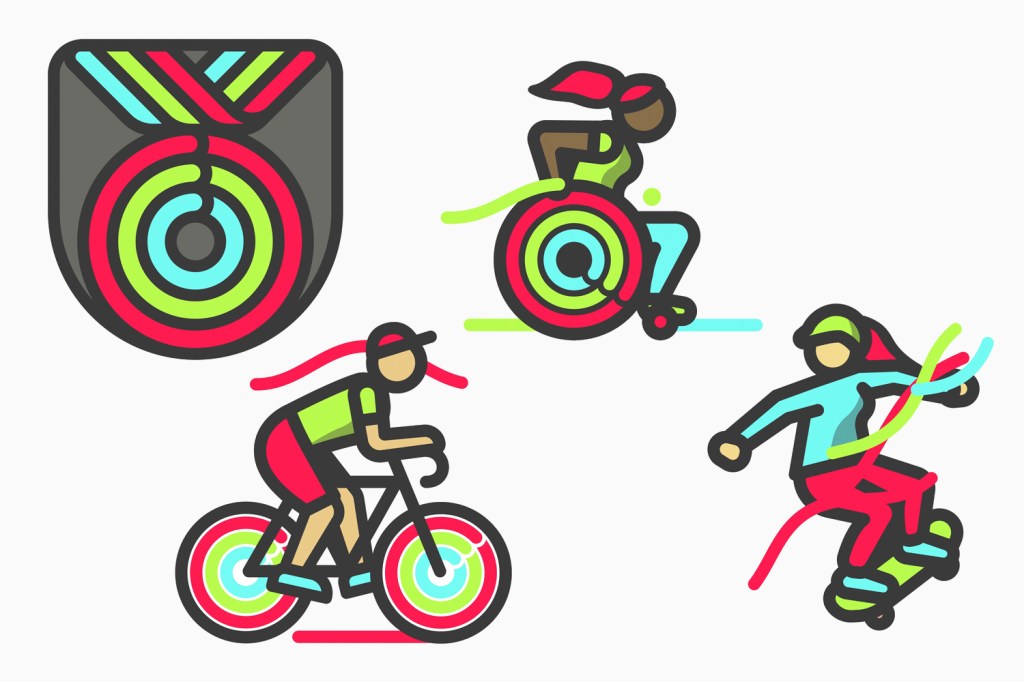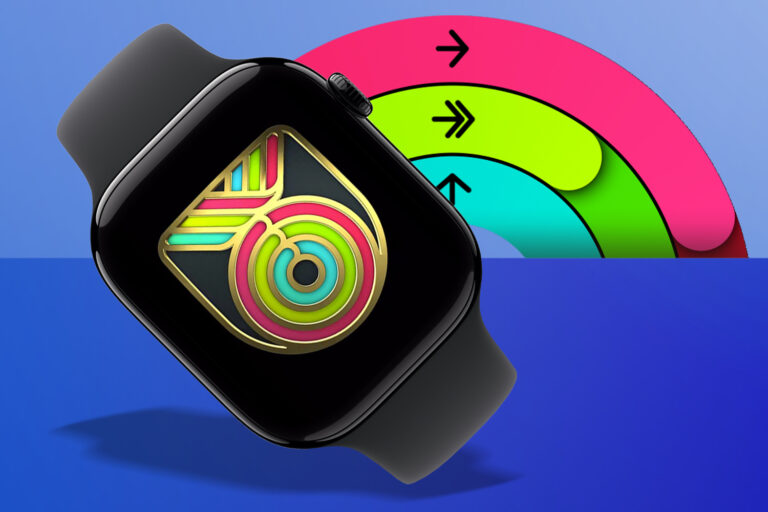FOMO and gamification are terrible, evil things – which, in my case, happen to work wonders. Waggle a digital trinket in my general direction and I’ll dutifully perform a task I otherwise might have avoided. Learning a language? Sure. Tinkling some ivories? Done. It’s possible that if Reminders dished out stupid gold stars when I completed a job, I’d blaze through deadlines at such terrifying pace I’d have to source a new keyboard every few days due to over-exuberant key-smashage. But this wasn’t always the case with Apple Watch rings, because they married FOMO and gamification with the stern inflexibility of a Victorian headteacher wearing an angry expression, holding a book marked RULES, and having a worrying glint in their eye.
For the longest time, Apple demanded you wear a computer on your wrist and become a machine yourself. If you diverged even fractionally from its strict approach, your rings streak was obliterated. “It’s for your own good,” a chattier Siri might have said, adding: “You need to be consistent, human worm.” Even if, you know, you’d run an actual marathon the day before and didn’t really fancy being active to make some fireworks spin on your wrist.
Ring out the old
Fortunately, Apple eventually relented. In part, because apps like Gentler Streak offered a more human approach to fitness tracking. Instead of demanding you adhere rigidly to a pre-defined ideal of daily activity dreamt up by someone in California, Gentler Streak quietly urged you to stay within a reasonable band of activity. If you took a few days off, it would give you a little nudge. If you were overdoing things, it would suggest you might want to take it easy for a bit.
Despite this new competition, Apple is Apple. The company can never cast off its robot mentality entirely. But with watchOS 11, Apple nonetheless reworked its system to be more adaptable and inclusive. You could pause your Apple Watch rings and even adjust the goals required to complete each of them. (These goals being ‘stand’, which really means ‘move’; ‘move’, which really means ‘exercise’; and ‘exercise’, which really means ‘exercise to the point your watch concedes you’re putting in enough effort – because if it doesn’t, you’ll spend 30 minutes on an elliptical trainer, only to see a big fat zero’.)
Alas, I’d already lost my streak long before Apple introduced these changes, which annihilated my motivation. And then my first bout of covid knocked me for six last summer. Since then, I’ve never got back into the habit of closing those rings.
Ring in the new

But now Apple has unleashed the shiniest trinket of all: a badge. In fact, two badges – one within the watch and another in the real world. Having apparently realised there wasn’t yet a day to celebrate its wearable, Apple invented Close Your Rings Day, which falls on 24 April – this coming week. Should you close all of your Apple Watch rings that day, you get what Apple calls a “limited-edition award”, along with a bunch of stickers you can use in Messages to smugly tell all your friends you did some exercise. (Before at least one inevitably responds back with added smug, because they’re running half-marathons every other week.)
But Apple’s taking things even further by giving everyone the chance to pick up a real-world badge at an Apple Store – while stocks last. Maybe you should even run to the store and arrive in a sweaty mess, to prove that you haven’t been cheating with the whole exercise thing. Me, I’m going to crack on with my rings again, readying myself for the 24th, because I am weak, absurd things motivate me, and I like the shiny shiny.
Speaking of, erm, how about those Reminders gold stars for iOS 19, Apple?
Read the full article here
